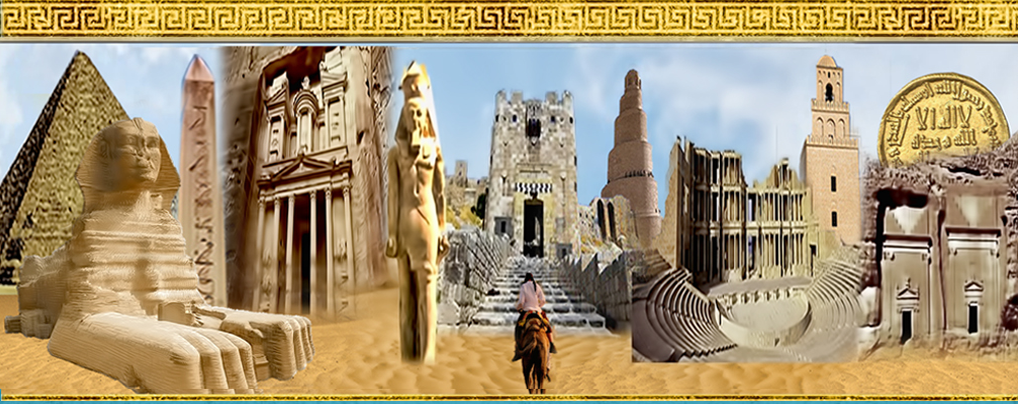Journal of the General Union of Arab Archaeologists

Abstract
[Ar]
إعادة تشكيل تجربة الزوار فى المتاحف الإقليمية من خلال خطط التفسير متحف كوم أوشيم بالفيوم- مصر كحالة دراسية
تركز هذه الدراسة على أهمية التفسير الجيد لمجموعات المتحف فى إرضاء الزوار. حيث توجد علاقة بين رضا الزوار وتكرار زيارتهم. لذلك، فإن الموضوع الرئيسى لهذه الدراسة هو تقييم تجربة الزوار داخل متحف كوم أوشيم فى الفيوم ــــــ مصر وخطته التفسيرية الحالية لمجموعاته المعروضة لمعرفة مدى فعالية تجربة الزائر فيما يتعلق بالتفسير الحالي للمتحف؟ وما مدى شمولية عرض وتفسير قيمة معروضات المتحف والسرد التاريخى المصاحب لها؟ اعتمد الباحثون على جمع البيانات بعدة طرق كاستخدام الاستبيانات الموزعة على زوار المتحف، وإجراء مقابلات مع بعض الأكاديميين المتخصصين، وأولئك الذين يعملون فى متحف كوم أوشيم على وجه الخصوص. كما اعتمد الباحث على مجموعة من معايير التقييم المستمدة من مراجعة الأدبيات وتناول حالتين من نماذج التفسير الناجحة لهذا النوع من المتاحف الإقليمية، وهما متحف الأقصر ومتحف النوبة. أظهرت نتائج تحليل البيانات أهمية التفسير الجيد والمعلومات الواضحة عند التعامل مع المجموعات المعروضة ودورهم الحاسم فى إرضاء الزوار وفى تشكيل تجربتهم فى المتحف. أظهرت نتائج الاستبيانات أيضًا الحاجة الملحة لتطوير خطة العرض التقديمى والتفسير لـمتحف كوم أوشيم لإعادة تشكيل تجارب الزوار. وبناءً على ذلك قدمت هذه الدراسة فى النهاية أفكارًا مقترحة لتطوير خطة التفسير فى متحف كوم أوشيم.
[En] This study focuses on the importance of a good interpretation of museum’s collections on visitors’ satisfaction as there is a relationship between visitors' satisfaction and repetition of their visit. Therefore, the main issue of this study is to assess the visitors’ experience within the Kom Ushim Museum in Fayoum-Egypt and its current interpretation plan for its exhibited collections to see how effective the visitor’s experience is in terms of the museum’s current interpretation, and how comprehensive the presentation and interpretation of the value of the museum’s exhibits and the accompanying historical narrative are. The researchers relied on collecting data through several ways, using questionnaires distributed to museum visitors, and interviewing some academic specialists, and those who are working in the Kom Ushim in particular. The researchers also relied on a set of evaluation criteria that derived from literature review and dealt with two cases of successful interpretation models for this kind of regional museums, the Luxor Museum and the Nubian Museum. The results of the data analysis showed how good interpretation and clear information are important when dealing with the exhibited collections and that they have a crucial role in the visitors' satisfaction and in shaping their experience in the museum: the results of the questionnaires also showed the urgent need to develop the Kom Ushim’s presentation and interpretation plan to reshape the visitors’ experiences. Accordingly, the conclusion of this study presents ideas for developing the interpretation plan at Kom Ushim Museum.
Recommended Citation
Hamada, Marwa; Jamhawi, Monther; and Eissa, Maher
(2022)
"RESHAPING THE VISITOR EXPERIENCE IN REGIONAL MUSEUMS THROUGH INTERPRETATION PLANS: A CASE STUDY OF THE KOM USHIM MUSEUM IN FAYOUM-EGYPT,"
Journal of the General Union of Arab Archaeologists: Vol. 7:
Iss.
1, Article 12.
Available at:
https://digitalcommons.aaru.edu.jo/jguaa/vol7/iss1/12

